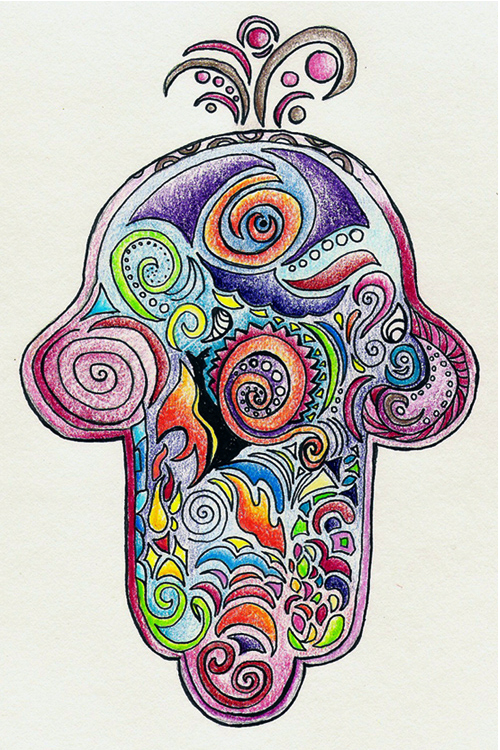
My name is Marsha Bycraft. In the fall of 1994, I set out from home as a naïve and terrified eighteen year-old. I was starting at the University of Michigan’s School of Art and Design, not too sure if I was actually doing the right thing. I started college unconfident and shy. When I began in the Art School, I had no inkling what I wanted to do, or if I could do it. I tried my hand in several artistic fields and eventually decided I loved working with metal and making jewelry. After graduating in 1998 with a BFA in Metalworking and Jewelry Design, I worked several years before realizing I was not satisfied. It was then that I decided to go to Eastern Michigan University to become an art educator to fill the void in my life.
As a future art educator, I strongly advocate the importance of the arts. I believe that studying the arts are a crucial factor in creating social harmony and appreciation of diversity. An education in the arts produces students who can identify, appreciate and participate in art forms of their own diverse communities as well as worldwide. The study of the arts fosters aesthetic awareness, cultural exposure, social harmony, creativity, improved emotional expression, and the appreciation of diversity. The fine arts can also be utilized for exploration, communication and self-expression. In addition, students involved in the arts gain an increased development of critical thinking, problem solving, and other complex cognitive skills. In these ways, school is used to help socialize students, because social issues affect everyone nearly everyday.
People create knowledge in response to the world around them. The study of art should relate to the students lives, and the world around them. Art can cause communication, and immerse students into the community. Students can learn about themselves and their environment when they become active in it. It is important for individuals to learn about their cultural environment so they learn what is and is not acceptable to other cultures and age groups. In this way they are socialized, and learn how to properly communicate with others. Art is a method of communication, and in order to convey meaning one must comprehend the society they live in. If one wants to communicate through artwork, one ought to know how society communicates visually. What better way to learn about the “secret” language of the culture than to immerse oneself in it? Art education becomes more; students gain much needed interpersonal skills learning how to interact with their society verbally and visually.
When students are able to learn about different aspects and cultures in their society, they begin to gain a better understanding and respect for others. Relationships and empathy are created; students can grow into democratic citizens and become fully responsible adults ready for a democratic society. If people become integral parts of their society they begin to create a network of support or community. A true “community” is a living organism that needs to feed off of its members and resources. Communities can be formed in art classrooms, creating a safe environment for students. When students feel a part of a safe community they are more likely to become actively engaged in the classroom. This classroom setting fosters autonomy. Students will eventually take responsibility for their education.
Choice is a powerful motivating force in learning. Having an active voice and options creates students who want to be taught and perform better. Choice and voice also aids students with analysis, interpretation and creation of meaning. Students become experts in certain areas and take ownership of their knowledge. The learner must be active, social and creative. Educators may facilitate, using an inquiry based approach to help students reach their desired outcomes. Dynamics are changed, confidence built, and knowledge is constructed in creative and open environments.